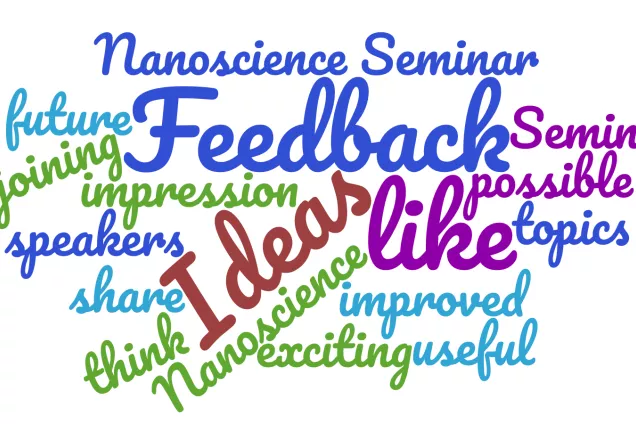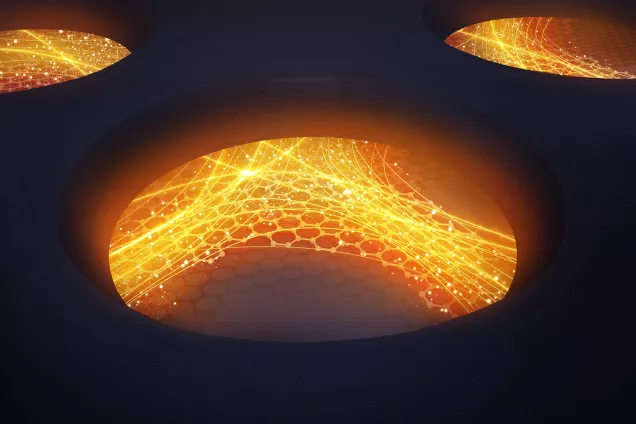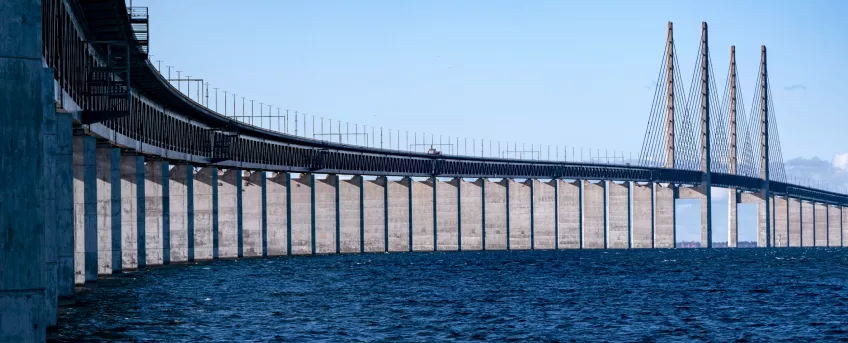The GCN Seminar - Soft matter, (life sciences), and scattering methods
This seminar series is organized by the three nanoscience hubs located in the Copenhagen-Lund area. The aim is to increase awareness about our mutual capabilities and to inspire collaborations. This time, we learned how scattering methods can be used to elucidate changes in nanostructures in food during processing, the possibilities offered for users at the CoSAXS beamline, as well as computational methods for 3D imaging.
The aim of this seminar series is to increase awareness about our mutual capabilities and to inspire collaborations.
21st January 2022 at 15:15 - Soft matter, (life sciences) and scattering methods
Speakers and talk titles
Jacob Kirkensgaard (KU): Probing nanostructure in food and soft matter using scattering methods
Ann Terry (Max IV): Opportunities at CoSAXS
Jens Wenzel Andreasen (DTU Energy): 3D imaging of soft matter with nanoscale resolution
Meeting host: Tommy Nylander, NanoLund
Speaker information
Jacob Kirkensgaard is a joint associate professor at University of Copenhagen shared between Dept. of Food Science and the Niels Bohr Institute. He heads the Structural Food Physics and Soft Matter Self-Assembly group associated with the Nanoscience Center. His work is focused between experimental work using primarily x-ray and neutron scattering methods and more theoretical excursions using coarse-grained molecular simulations on a broad range of soft matter and food-related systems. In his talk, he will give an overview of scattering methods in food and soft matter science and some examples from food science where the nanostructure is particularly relevant.
Dr. Ann Terry is a group manager for diffraction and scattering and beamline scientist at the CoSAXS Beamline. In her talk, she will give an overview of CoSAXS and the advanced sample environment capabilities for soft matter and biological sciences. CoSAXS is a state-of-the-art SAXS/WAXS beamline at MAX IV which has just gone into general operation with an as-yet limited range of capabilities. Over the next 2 years, these will be expanded to include microfluidic devices for minimising the sample volumes and allowing in-situ mixing, as well as other environments which will allow additional spectroscopic techniques combined with the X-ray measurements.
Jens Wenzel Andreasen has been Professor at DTU Energy since 2016. He is an expert in X-ray scattering for materials research, in particular polymer systems and organic solar cells. With his expertise in materials research, he contributes to the DTU Imaging Center in collaboration with researchers from DTU Physics, DTU Compute, DTU Mechanical Engineering and the Niels Bohr Institute. The DTU Imaging Center is to ensure better Danish exploitation of the two major international research facilities MaxIV and ESS.

Feedback form
Please share with us your impression and ideas, since we would like to make it as useful and exciting as possible!
By combining highly controlled building blocks from very different material systems to realize advanced, functional systems, we aim to jointly address challenges that are out of reach for an individual center.

A cluster of groups at DTU involved in nanoscience
Groups at DTU involved in nanoscience are affiliated to the following departments:


